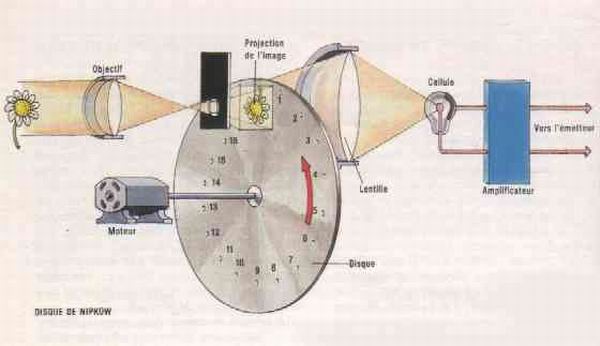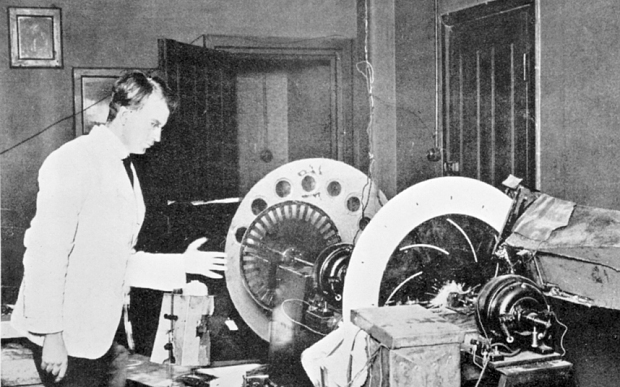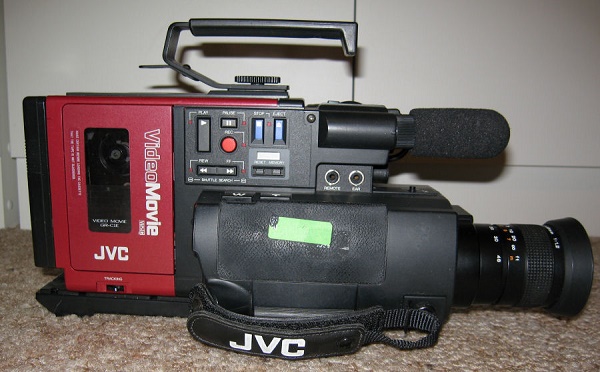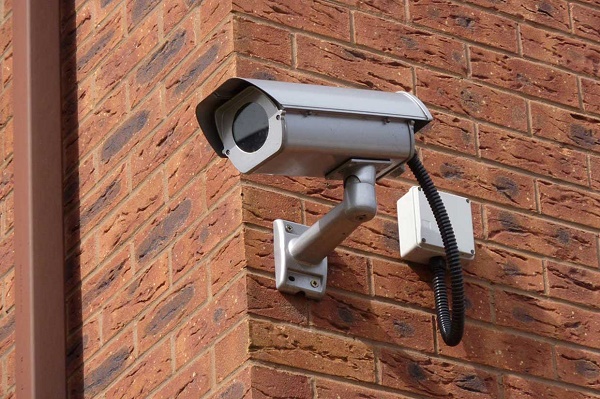Historical milestones in the development of video cameras
The purpose of the camcorder is known to all. With this device are recorded in the movement of the image and the sound of what is happening around. Modern camcorders, embedded in smartphones, allow you to capture interesting events, touching moments, to review, admire, rejoice and share with friends through social networks.
Now, few people think that the appearance of the first video-shooting devices was once a wonder. How videotaping technologies were improved, and who were at the forefront of creating such a useful and sought-after attribute of people living in the 21st century are important milestones in the history of a video camera.
Content
The invention of video recording technology and the creation of the first apparatus
The principle of encoding an image into a video signal Invented the German inventor Paul Nipkov. In 1884, he patented the "electric telescope for reproducing luminous objects", which is a disk detector with holes in a spiral.

First mechanical camcorder Scottish engineer D. Baird invented for recording images in motion in 1924. At the base of his apparatus was the Nipkov disk, through which the image was encoded into a video signal for transmission over the wire. In this stationary unit, the camera and the recording signal of the apparatus were connected by wire

Evolution of video recorders
Cumbersome but mobile video cameras began in 1940, when cathode-ray tubes patented by electronic scientists Zvorykin and Farnsworth began to be used to encode images.
Both types of modern video cameras recorded only images. And the first video recorder with simultaneous recording of images and sound appeared in 1956. Such a video camera was invented by D. Luch, C. Anders, and C. Ginsberg. They developed the Betacam video format. The overall device was very expensive and was available only to large enterprises of the film and television industry.

Manufacturers were interested in improving the video camera: they sought to reduce the size, developed more compact video formats. Sony and JVC have become pioneers in the production of video cameras available to the general consumer. By the beginning of the 80s of the 20th century, other companies began to produce analog video cameras.
The most common recording format has become the Video Home System (VHS) standard, developed by JVC. It was also used in the parallel developing segment of portable VHS-VCRs.
Cameras were produced with videotape cassettewhich recorded the recorded videos. Due to the size of the cassette, the film video cameras were quite cumbersome. Panasonic's development of compact cassettes and VHS-C format allowed the device to fit into a more compact, lightweight body. In the 90s, thanks to the efforts of JVC and Sony engineers, a number of other alternative video encodings appeared, providing improved recording quality: S-VHS, Video8, Hi8. At the same time, none of the analog formats provided equivalent recording of copies.

Appearance numbers
The qualitative leap in the video was made with the advent of 1995 digital video compression format "Digital Video". Digital8, microM, miniDV formats appeared for use in cameras for the mass consumer, but the last one, miniDV, was widespread. Mass digital video recorders have been produced since 2001.
If, in the analog version, light signals are recorded as a curve on a film or other carrier, and distortions are possible when copying, then the digital coding option involves writing a binary code. When copying digital recording errors are excluded, so the quality of copies of the video does not suffer during repeated rewriting.
The transition to numbers has influenced the development of new, more compact carriers: memory cards, flash drives, CDs, etc. With the advent of new media, cassette devices have given way to more advanced and compact devices. Also, digital sensors have been used in cameras, DVRs, smartphones, laptops and tablets.

Sony HDR-FX1E semi-professional HDV
The use of analog video cameras in modern times
However, analog recorders have also found their niche in the digital age. They are used for implementation of surveillance systems behind small coverage areas:
- in private houses and apartments;
- at the entrance of high-rise entrances;
- in small offices and boutiques;
- in country houses and country estates;
- in warehouses;
- in parking lots.

The demand for analog video recorders due to affordability, simple maintenance and commissioning. Also, these devices are reliable and practical to use.
CCTV Scheme using analog cameras consists of the following. The luminous flux caught by the camera lens falls on the sensitive element of the CCD (matrix), where it is converted into a video signal. Further, the coaxial cable connecting the DVR with a computer, the signal is transmitted and reproduced on the image on the monitor screen.
A noticeable minus of household analog cameras - picture quality when scaling due to low resolution. Therefore, for the organization of video surveillance at work, in supermarkets and shopping centers, you should choose more expensive analog devices with high resolution or digital equipment.

/rating_off.png)











